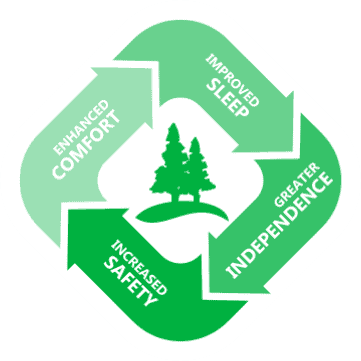
What Is A Physical Disability? When a condition affects a person’s physical capacity, mobility, stamina, or dexterity, they can be said to have a physical disability. The causes of physical disabilities vary greatly, and not every person with a specific condition leading to a disability has the same limitations. Regardless of the cause, a physical disability can affect a person’s capacity and mobility.

A physical disability is a complex experience that reflects the interaction between a person’s body and the features of the society around them. A physical disability could affect their ability to move, achieve tasks, or their dexterity; these can include brain or spinal cord injuries, multiple sclerosis, cerebral palsy, respiratory disorders, epilepsy, hearing and visual impairments, and more. It’s necessary to note that a disability can occur at any point in a person’s life; some are born with physical limitations, while others develop them as they age. The physical disability can be permanent, temporary, or even episodic; they can remain the same, steadily worsen, or improve over time. It can be very mild to very severe. A diagnosis of a physical disability is individual and unique – no two people with the same physical disability will necessarily have the same impairments of functioning. Depending on the type and cause of the physical disability, the disability will affect a person differently.
Mobility impairments are physical disabilities that affect how one gets around. They can include upper or lower limb loss or disability, manual dexterity, and disability in coordination with different organs. Those with mobility impairments often rely on assistive devices such as crutches, canes, wheelchairs, and artificial limbs to move about public and private spaces.
Very often, people with mobility disabilities do not receive the healthcare services they need, but there’s no one-size-fits-all answer. While some people may struggle to perform daily activities like dressing or using the bathroom independently, others may be able to perform these tasks but are unable to walk or move without assistance.
Many barriers that people with disabilities face are physical features of buildings or spaces that limit their access. Some common barriers are steps without ramps, elevators, or lifts; a lack of automatic or push-button doors; lighting that is too low; shelves that are out of reach; beds one cannot get into or out of with ease; and tables that do not have proper knee and toe clearance.
When you or a loved one is faced with a physical disability that creates mobility impairments, it’s essential to address accessibility and safety in their home or living space. Remember, not all physical disabilities are the same – make sure the adjustments reflect one’s actual needs.